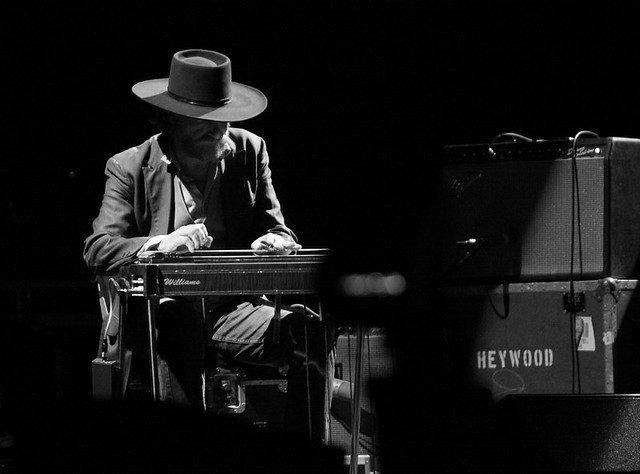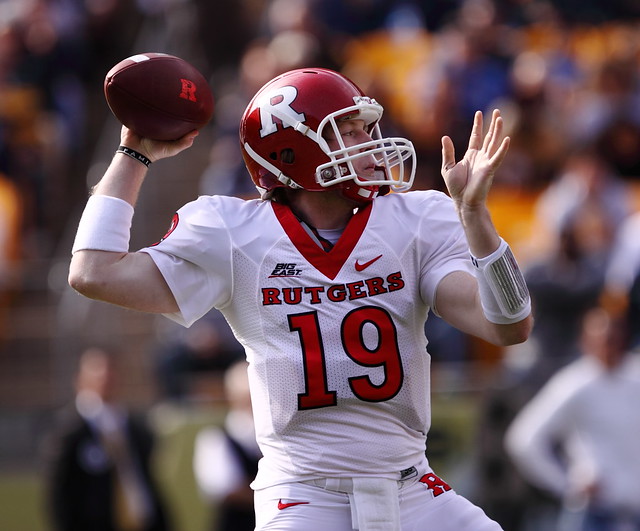Everyone loves a good sunrise or sunset shot. The beauty of the sky and the soft light combine to offer anyone with a soul a very introspective, sublime feeling when viewed live. Evoking this feeling in a photograph is the difference between a successful shot and one that is merely pedestrian.
I learned quickly that spectacular sunsets are not a given. Even while living on the water at a resort town in Southern New Jersey for two-and-a-half summers, it would sometimes be weeks between serious photographic opportunities. Haze was sometimes a problem. During June 2009, there were about a dozen days in which it did not rain. Overcast conditions predominated almost the entire month, completely obscuring the sun during its rise or descent toward the horizon. It was doubly frustrating because it also hampered my ability to get good light for birding shots during daily runs on a kayak. (It doesn't matter as much for birds with white plumage, but there were plenty of Great Blue Herons, Osprey, Oystercatchers and Black Skimmers to shoot, along with the occasional Green Heron or Tricolored Heron.)
Ironically, my best sunrise and sunset shots were captured during Summer 2008. I had only been shooting since January and had upgraded from a Canon PowerShot S5 IS to a Digital Rebel XTi in March. I was only one step above 'clueless' at the time. (Now, I'm two steps above.) I quickly developed an eye for reading the sky, though, and identified the most important element to a compelling sunrise or sunset photo: clouds. Clouds are what makes for a dramatic photos. The key is having just enough present, but not so much that the sunset is obscured at the horizon and the brilliant colors fail to reflect back upon them. If you're extremely lucky- and this does tend to happen near bodies of water- a storm will roll through and begin to break-up just around sunset. Here's some of my favorite examples, the original files of which have largely been lost:
Sunset, May 24, 2008, Princeton Harbor, 23rd Street, Avalon, NJ
Sunset, July 9, 2008, Princeton Harbor, Avalon, NJ
Sunrise, August 29, 2008, 8th Street Jetty, Avalon, NJ
Sunset, June 22, 2009, 33rd Street, Avalon, NJ
Flooded Pier at Sunset, June 22, 2009, 53rd Street Marina, Avalon, NJ
Sunrise, September 2, 2009, 8th Street Jetty, Avalon, NJ
Even without the benefit of a storm, clouds can still provide the elements necessary for a good photo:
Sunset, August 13, 2008, 53rd Street Marina, Avalon, NJ
Sunset, July 14, 2008, 28th Street, Avalon, NJ
Sunset, July 25, 2010, Princeton Harbor, 23rd Street, Avalon, NJ
Sunset, August 31, 2009, 53rd Street Marina, Avalon, NJ
Composition is just as important with sunrises and sunsets as in any other photograph. A general rule is to never place the horizon in the middle of the photograph, but I'm not very concerned with this. More importantly, your photograph should give the viewer a sense of place. That's why I always include a man-made or other natural elements in the photograph with the sun and sky. In the above examples, I've used a jetty, houses lining a harbor, bulkhead pilings, and a marina as compositional devices. It makes a photo much more interesting to the viewer. That's why in the first example in the section above that I chose to include part of the dock and the hose in the photo. It gives the viewer the impression that they are standing at the marina looking out into the skyscape and provides a good contrast to the beauty of the sky. Here's another example of including man-made elements in a shot:
Sunrise, August 22, 2008, 8th Street Jetty, Avalon, NJ
Filters are very important in capturing a sunset scene. A graduated density filter, which is shaded on the top and clear on the bottom, will allow for a proper exposure by bringing down the brightness of the sky compared with the often shadowed foreground. I currently use inexpensive Tiffen filters and will until my photography budget gets a much-needed boost. I'll likely go with Singh-Ray for my first 'professional' filters. In addition to a host of graduated filters, they also manufacture reverse graduated filters that have a increasingly darkened strip at the horizon and lighter shading for the sky so that the last light of the sun is not washed-out in the middle of the frame. They can be purchased here:
My final word on sunrise and sunset photos concerns aperture. When the sun is at or near the horizon, it can be photographed without washing out the entire frame if shot at f/18 or f/22. This will often give a pleasing 'starburst' effect to the light instead of the sun blowing-out the photo. (You can see this effect in the last jetty photo in the first section of photographs.) If the sun is higher in the sky, even a shot at f/32 won't achieve this effect; the sun's rays are still far too powerful. NOTE: Never look directly into the sun with a lens, especially a telephoto lens, unless it is on the horizon. Serious injury to your eye could result, even at closed apertures. I took this photo at f/32 and used some processing to keep the color in the sky:
Sunset with Geese and Northern Harrier, Forsythe National Wildlife Refuge, Oceanville, NJ
My goal was to get a flock of ducks or snow geese crossing in front of the sun. The glare was so strong in my viewfinder- even at f/32- that I didn't even see the Northern Harrier in the frame until I downloaded the photos at home. Sometimes it's better to be lucky than good.
![[JPG] IMG_0358](http://farm6.static.flickr.com/5012/5403555467_917a2b3458.jpg)
![[JPG] IMG_0342](http://farm6.static.flickr.com/5057/5403555611_65f9b97263.jpg)
![[JPG] IMG_9452](http://farm6.static.flickr.com/5283/5382380137_892e5f09e1.jpg)
![[JPG] IMG_9520](http://farm6.static.flickr.com/5005/5382983486_482e0cf979_z.jpg)


![[JPG] 063](http://farm6.static.flickr.com/5282/5379257436_a0c6e44991_z.jpg)










![[JPG] IMG_9153](http://farm6.static.flickr.com/5084/5361663751_62013b8c72.jpg)
![[JPG] IMG_9376](http://farm6.static.flickr.com/5242/5361664501_f135a14da8.jpg)
![[JPG] IMG_9188](http://farm6.static.flickr.com/5006/5361664013_96f69472ee.jpg)
![[JPG] IMG_9422](http://farm6.static.flickr.com/5086/5362275338_819af0bf9c.jpg)

![[JPG2] IMG_6207](http://farm6.static.flickr.com/5006/5354826361_24126e4b82_z.jpg)
![[JPG3] IMG_6207](http://farm6.static.flickr.com/5041/5355439306_a5caa00309_z.jpg)










